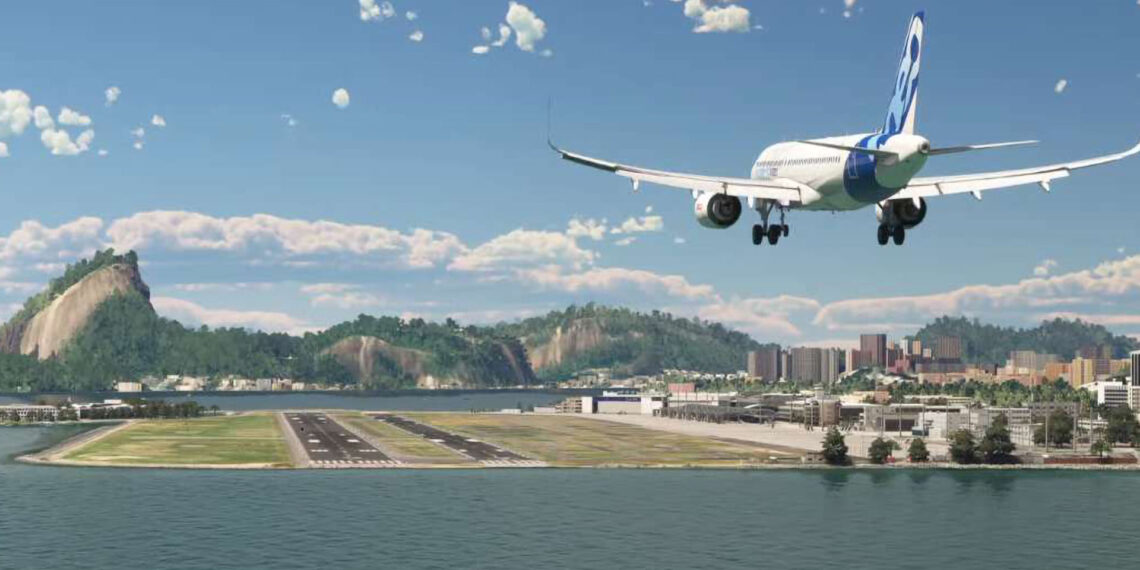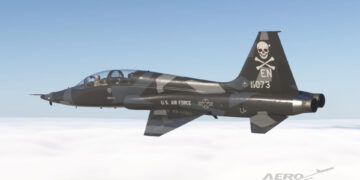Today Microsoft hosted a livestream focusing on Microsoft Flight Simulator 2024 and its predecessor, Microsoft Flight Simulator.
As usual, we hear from Head of Microsoft Flight Simulator Jorg Neumann, Asobo CEO Sebastian Wloch, and Executive Producer Martial Bossard, who delivered plenty of news during the broadcast on the official Twitch channel.
Interestingly, Neumann began by mentioning that last Sunday marked the highest engagement for Microsoft Flight Simulator in 2024.
Speaking of the existing simulator, October 1 will see the release of the Aircraft and Avionics Update 3 focusing on the Airbus A310, the Airbus Airbus A320, and the Pilatus PC6.
On October 10 we’re getting an update to the ATR, including the ATR-42-600 STOL and the ATR 72-600 Freighter. The update also includes bug fixes and a few new features.
There are actually 6 new variants of the aircraft including the Highline Configuration 2 and 3 for both 42 and 72 with business class.
Below you can see the variants and a video showcasing the new movable map feature and the updated EFB.
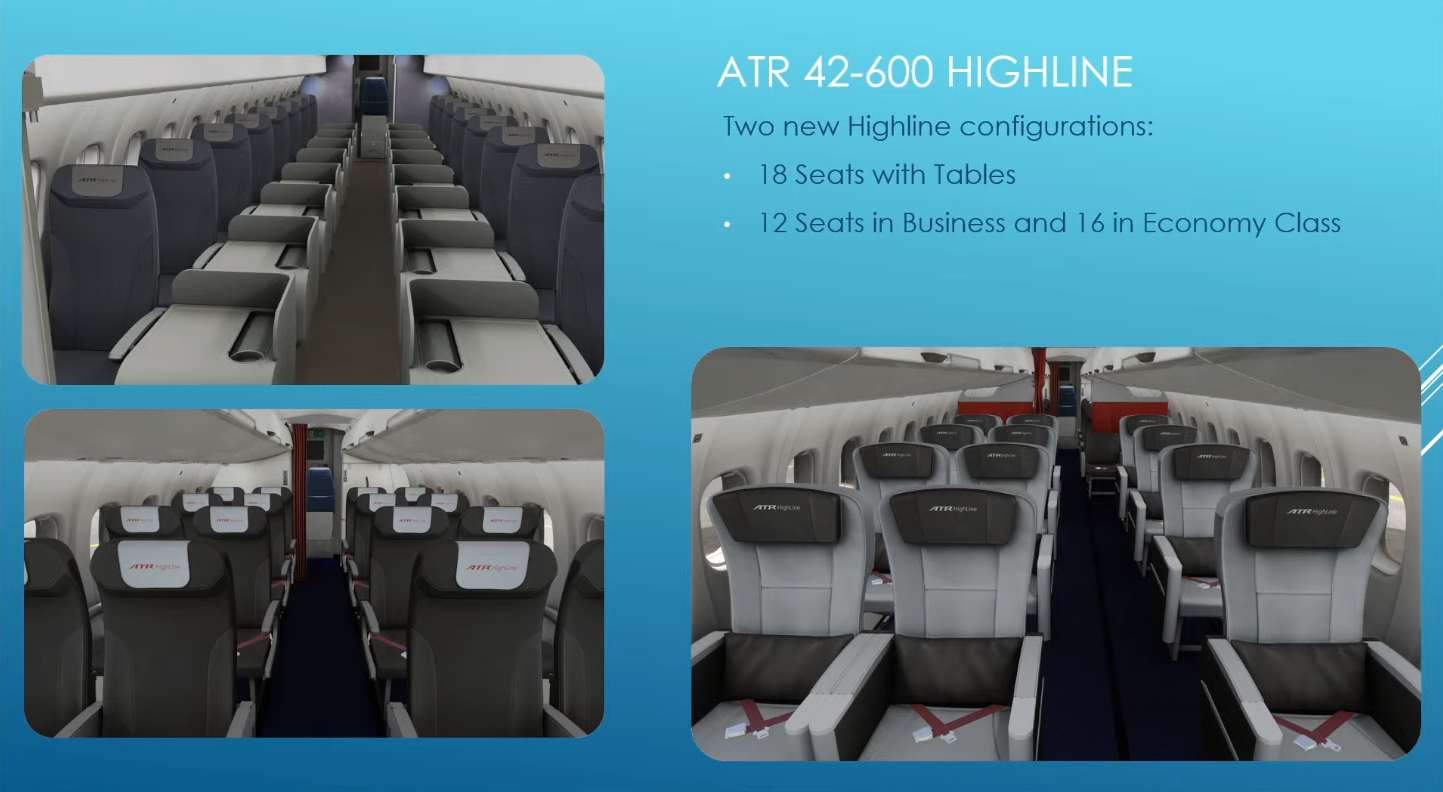

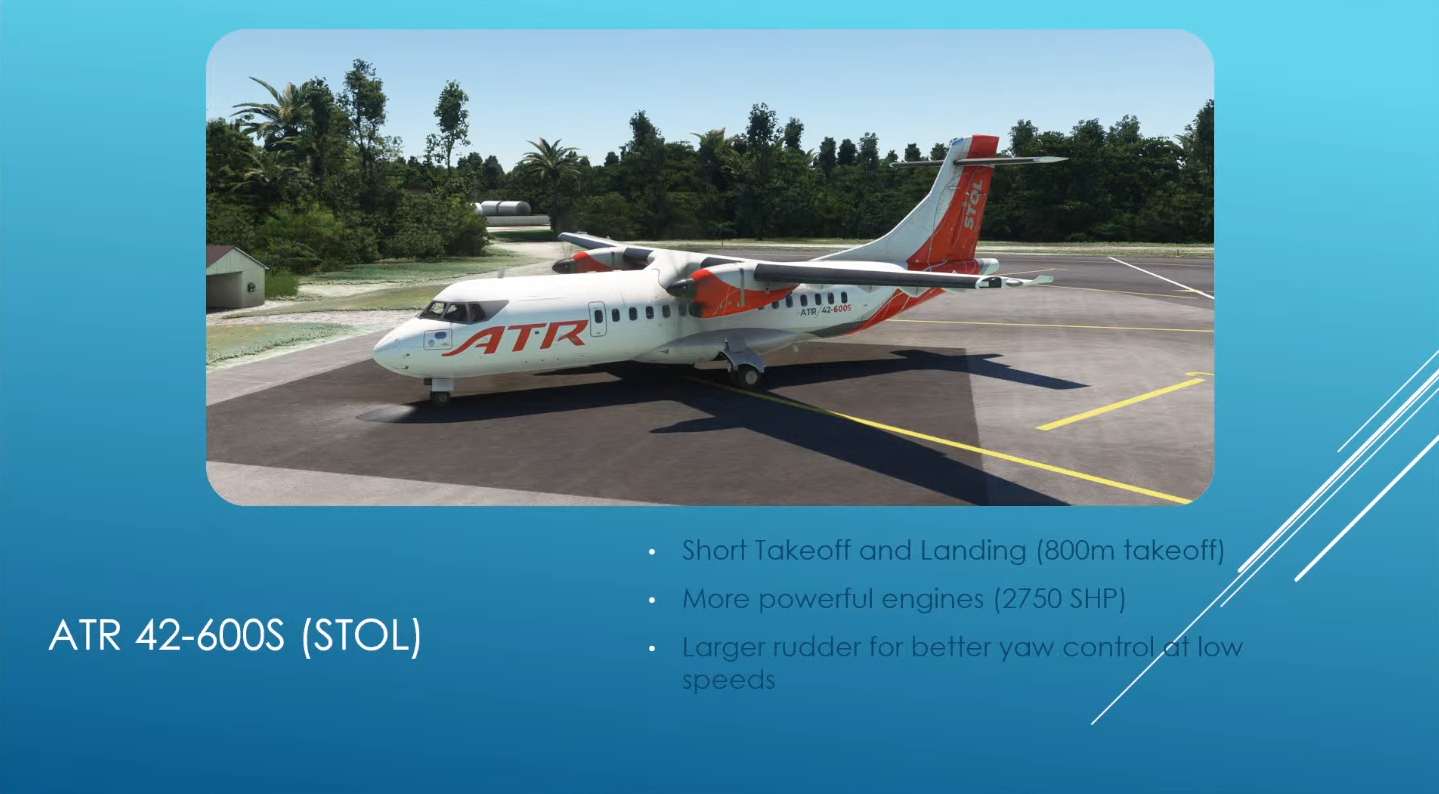
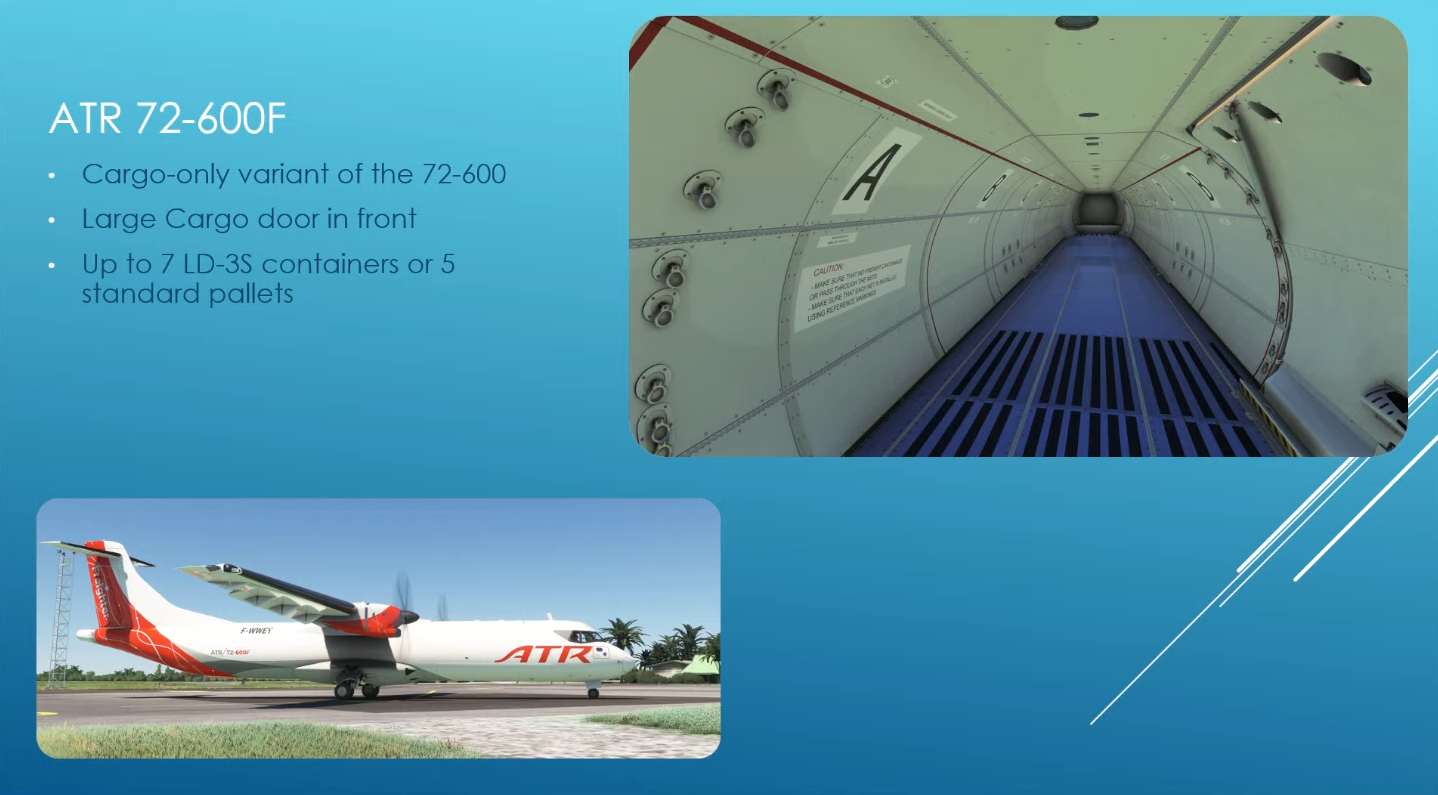
Moving on to Microsoft Flight Simulator 2024, the first Q&A session focused on technical questions.
64 Gigabytes of RAM has been mentioned as “Ideal” but the sim won’t use that much. 32 (which is marked as “recommended” is going to work fine, but 64 gives headroom to run multiple additional software at the same time. People shouldn’t take the “ideal” specs as an indication that they need to upgrade to 64.
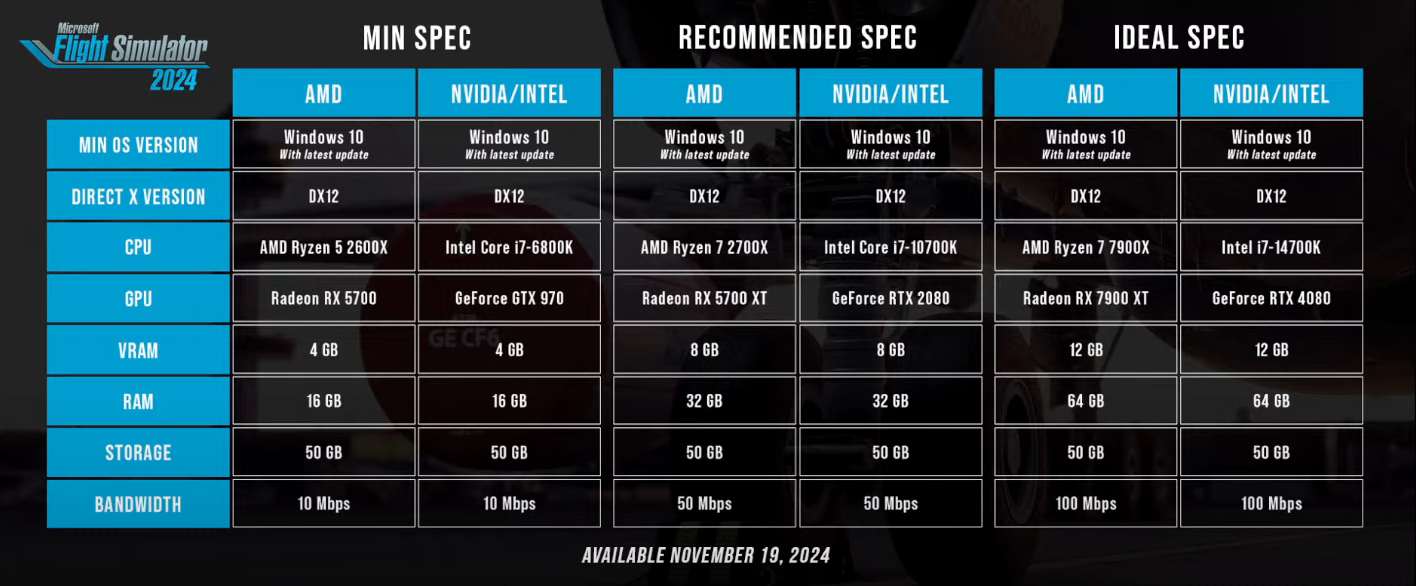
We then hear more details on the requirements themselves. The “min spec” is what you’ll need to run the simulator at 1080p, 30 FPS, with 70% resolution scale, and graphics options at Low.
The “recommended spec” will let you run the sim at 1440p, with graphics quality set at High. The Ideal spec is at 4K, Ultra graphics, between 40 and 50 FPS. Optimization is still ongoing to improve that framerate.
There is also an optional adaptive configuration that lets you set a target FPS and will automatically change the level of detail to achieve that frame rate.
The simulator will use a lot more of the cores of your CPU. Wloch’s computer’s CPU utilization is around 80%.
For VR, the goal the developers are aiming for is to have performance similar to Microsoft Flight Simulator 2020. The aforementioned adaptive configuration is particularly helpful in VR.
The Xbox Series X will run the simulator at 4K, while the Series S at 1080p. Both consoles will aim for 30FPS. Interestingly, new optimization allows access to virtual memory on both consoles, which means that the simulator can use 2 additional gigabytes of memory, which should improve stability and performance.
On top of that, only the LOD and mesh that is actually seen are loaded into memory. MIP streaming (which is similar to LOD but with textures) also allows to do the same with textures.
DirectX 11 won’t be available in Microsoft Flight Simulator 2024 at all. The developers are aiming for DirectX 12 to be much more optimized and performant compared to MSFS 2020.
Moving on to the streaming of data from the cloud, when you purchase something on the marketplace, you’ll be able to download it in its entirety instead of having it streamed.
When you lose connection, you get a warning after 30 seconds telling you that your internet connection is slow. After 30 more seconds, you get a message box warning that it’s down. If it’s just a quick outage, most users won’t even notice.
The team is also working on implementing AMD FSR3 in the game.
Interestingly, Microsoft Flight Simulator 2020 actually had two renditions of the planet, one used as a map, and the other for actual flying. This means that when one went to fly, the first rendition had to be unloaded from memory and the second had to be loaded.
Microsoft Flight Simulator 2024 has only one planet rendered at all times, which will make loading faster.
The way the lighting interacts with the atmosphere has been improved, alongside the data received from the weather service. Flying through large clouds will involve more turbulence, while smaller clouds will include less turbulence. The level of detail of the clouds has also been improved.
Tornadoes will appear only in missions as there is no worldwide data available to Microsoft. If it becomes possible to include them in the live weather, it’ll be post-launch. A working weather radar is still on the backlog.
Live weather will include improved thermals. Users will also be able to go back up to 24 hours in time and have live weather from that time. While we already knew this, today we learn that it also extends to live AI traffic for both aircraft and boats.
Windshield wipers are now working correctly and will actually wipe the rain off a windshield.
Photometric Lighting also includes night lighting, which means that cities will have lights with the correct temperature and intensity at night.
The partnership with Black Shark for autogen buildings has been dropped a while ago, as it was too limited. The system will be rewritten by Asobo.
There are very few new airports, like Grand Canyon National Park Airport (KGCN) as most of the effort has gone into improving the many included in MSFS and its updates, including new buildings, lighting, ground materials and lighting, and more.
The weather system includes 64 layers of altitude measuring the cloud density and fluffiness in the real world. Then the render picks what to display to match that. The new cirrus clouds are the result of the render’s new ability to display thin clouds. That being said, the technology allows the live weather system to render almost everything.
Live weather will include much more weather and fog.
Peripherals that worked with MSFS 2020 will also work for MSFS 2024. Players will be able to save their controller settings per plane (depending on the controls that plane has). Keyboard and mouse support for Xbox Cloud Gaming is coming, but we’ll have to wait for February or March 2025.
Controller settings will need to be redone anew and won’t be transferable from MSFS 2020. The logbook will also be reset.
The developers are waiting new controllers with Force Feedback before implementing the feature. Head-tracking hardware will be supported.
Online ATC networks like VATSIM and IVAO will work exactly as they did in MSFS2020.
There will be some ATC improvements by both Asobo and Working Title, but they weren’t specifically mentioned today.
Some effects will be displayed on other players in multiplayer. Multiplayer plans run on a light simulation, so all the effects generated by it will be displayed for other users. A specific system has been created to display contrails for all planes.
Other players’ characters won’t be displayed outside the plane when they walk around. They will be displayed in the cockpit. Players will be able to take pictures their own avatars on the ground.
There is no third-person view outside of the photo mode.
There is no more walking limitation from your aircraft and you can walk everywhere. There is an option to teleport back to the plane.
Wear and tear persistence will be limited to the career. That being said, instant damage will happen even in Free Flight, for instance for hard landings. Walkarounds will be available in Free Flight. You can enter and leave the aircraft at any time during a flight when you’re on the ground.
A prototype for shared cockpit has been made and looks promising, but it isn’t ready yet.
Tower and flyby cameras won’t be available at launch. There is a new camera in the pause menu that can be moved freely.
Replays will be available for Xbox as well.
Model matching accuracy is 91% but might get to 92% as Microsoft just signed a contract with Piper to include their aircraft. Ground services have been improved as well, but some issues could remain because of data from each airport. Orbx will work on correcting said data.
Moving on to Career Mode, if you have a software crash or an internet outage, you won’t lose your aircraft.
Damaging your aircraft will impact your reputation as an employee. When you actually own the aircraft, you’ll also have to pay for repairs.
Players will be able to reset their career to start over. Lessons for certifications can be skipped if you so wish.
Owning a company in Career mode is a single-player thing. You won’t be able to share one with other players. The character creator isn’t limited to career mode.
Career Mode can be started from any airport that is compliant with the activities done in the mode.
There will be updates to the career mode and they will take into consideration the state of the world.
Third-party planes will be usable in career mode. There is a system that analyzes that they have the features required for each mission.
For the moment, third-party developers won’t be able to expand the career mode, but this might change in the future.
There won’t be a public open beta before launch, but there will be an alpha likely in late October. Information on it will come soon.
News about the addition of freeware developers to the marketplace will come soon.
Famous Flyer and Local Legend aircraft will be updated to MSFS 2024 over time. That being said, they will still be compatible at launch.
The water physics have been redone and now they match the waves displayed visually. Due to that, wave limitations per aircraft have become important.
Interestingly, aircraft included in the deluxe editions will be purchasable separately. Unfortunately, if you buy the Aviator Edition, you won’t get a discount for the aircraft you already own.
The discounts on the marketplace for the Deluxe editions will remain in Microsoft Flight Simulator 2024.
Below you can find a roadmap of livestreams providing more information

We get the announcement of World Update 19, including Brazil, Guyana, French Guyana, and Suriname. It’ll release hot on the heels of Microsoft Flight Simulator 2024 on December 3, 2024.
It’ll include 4 photogrammetry cities, 7 bespoke airports, and 75 points of interest. Below you can check out a few pictures including Santos Dumont Airport (SBRJ) in Rio de Janeiro.
Below you can enjoy a number of pictures.

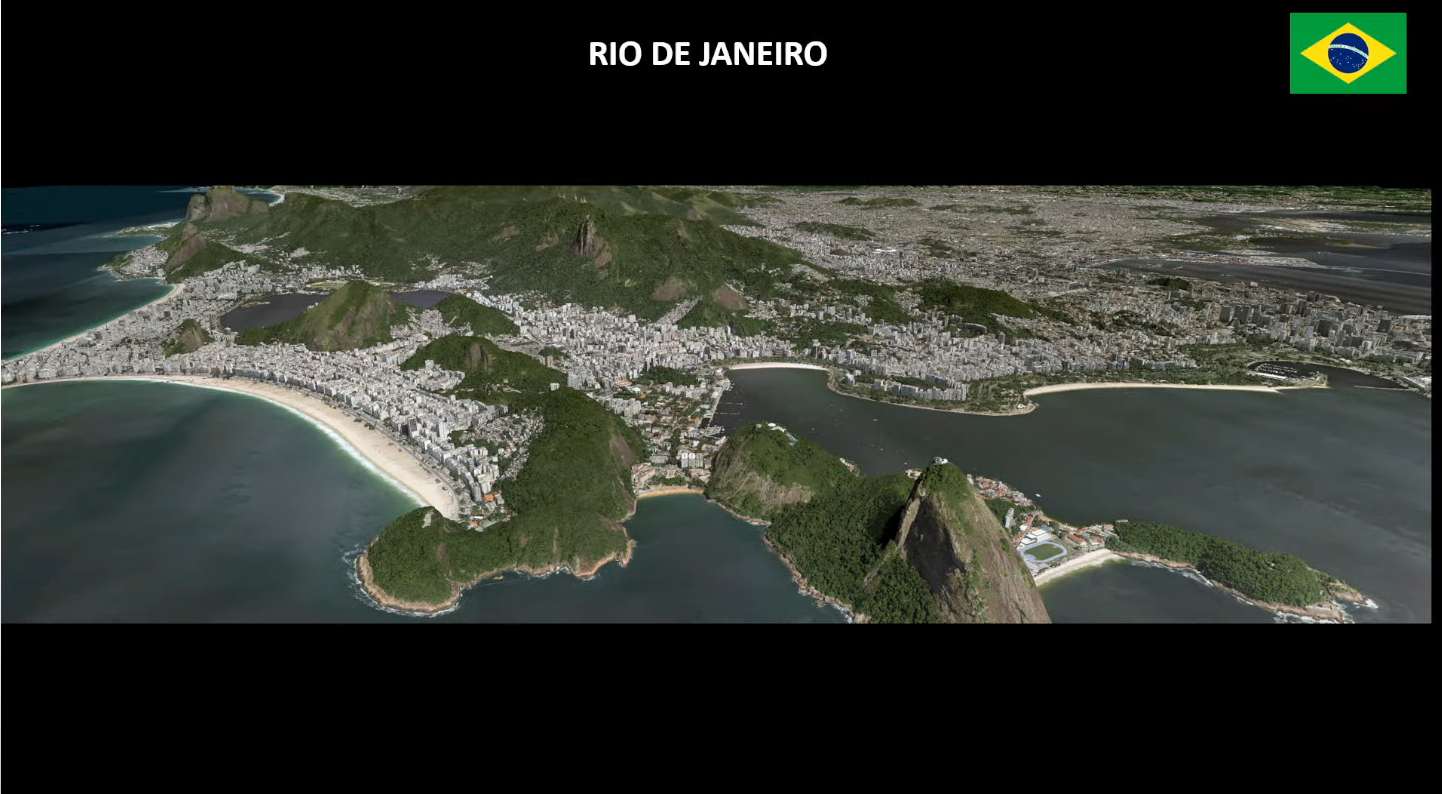
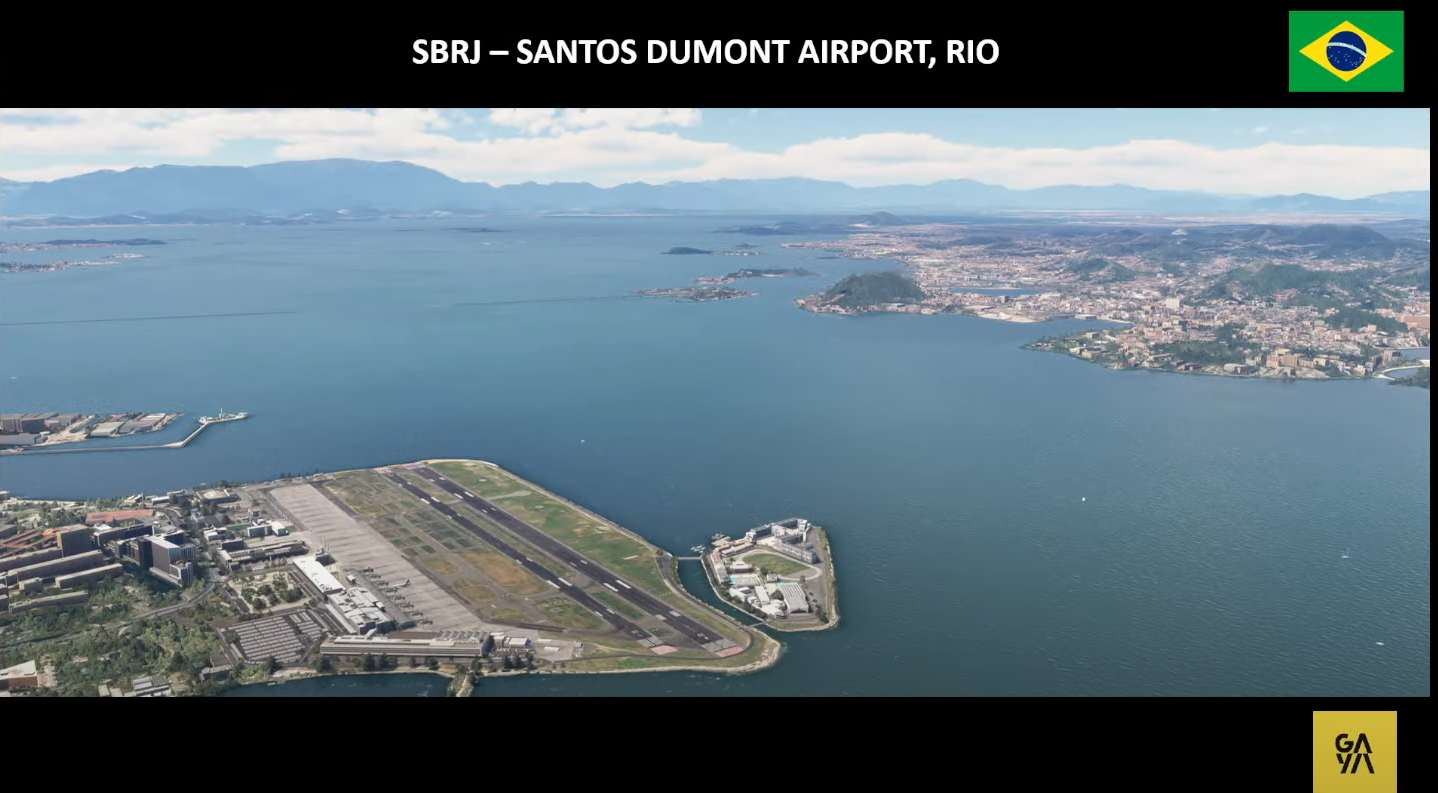
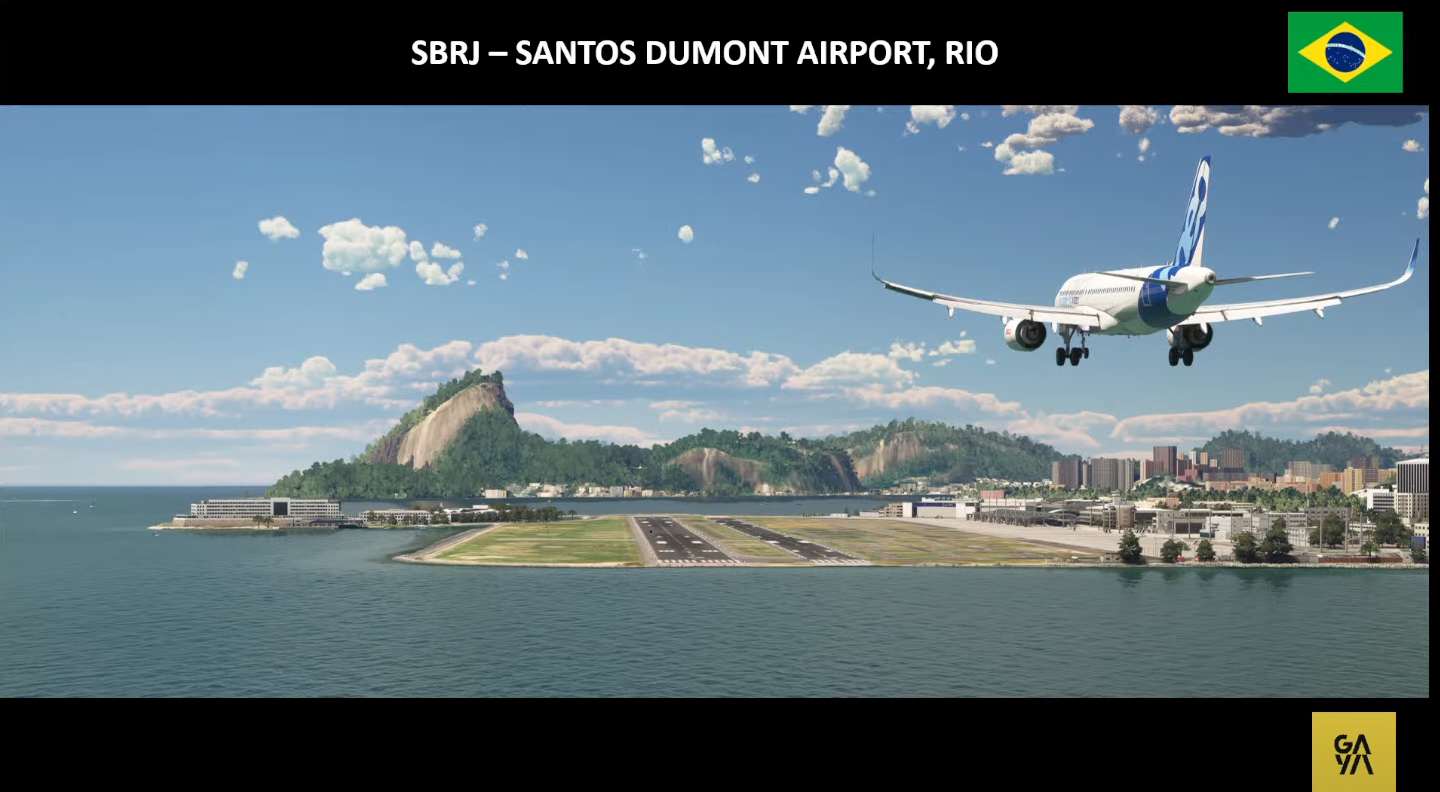
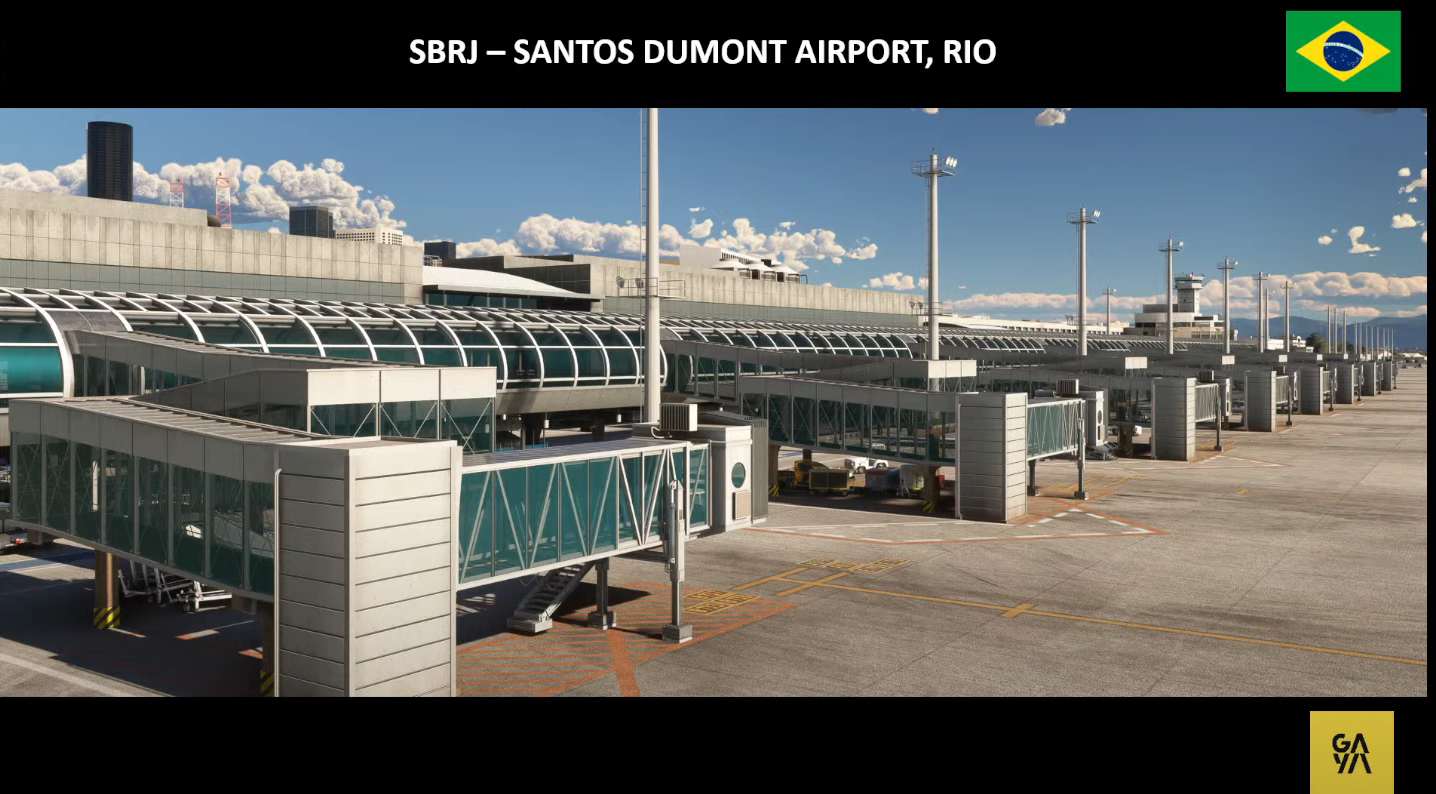
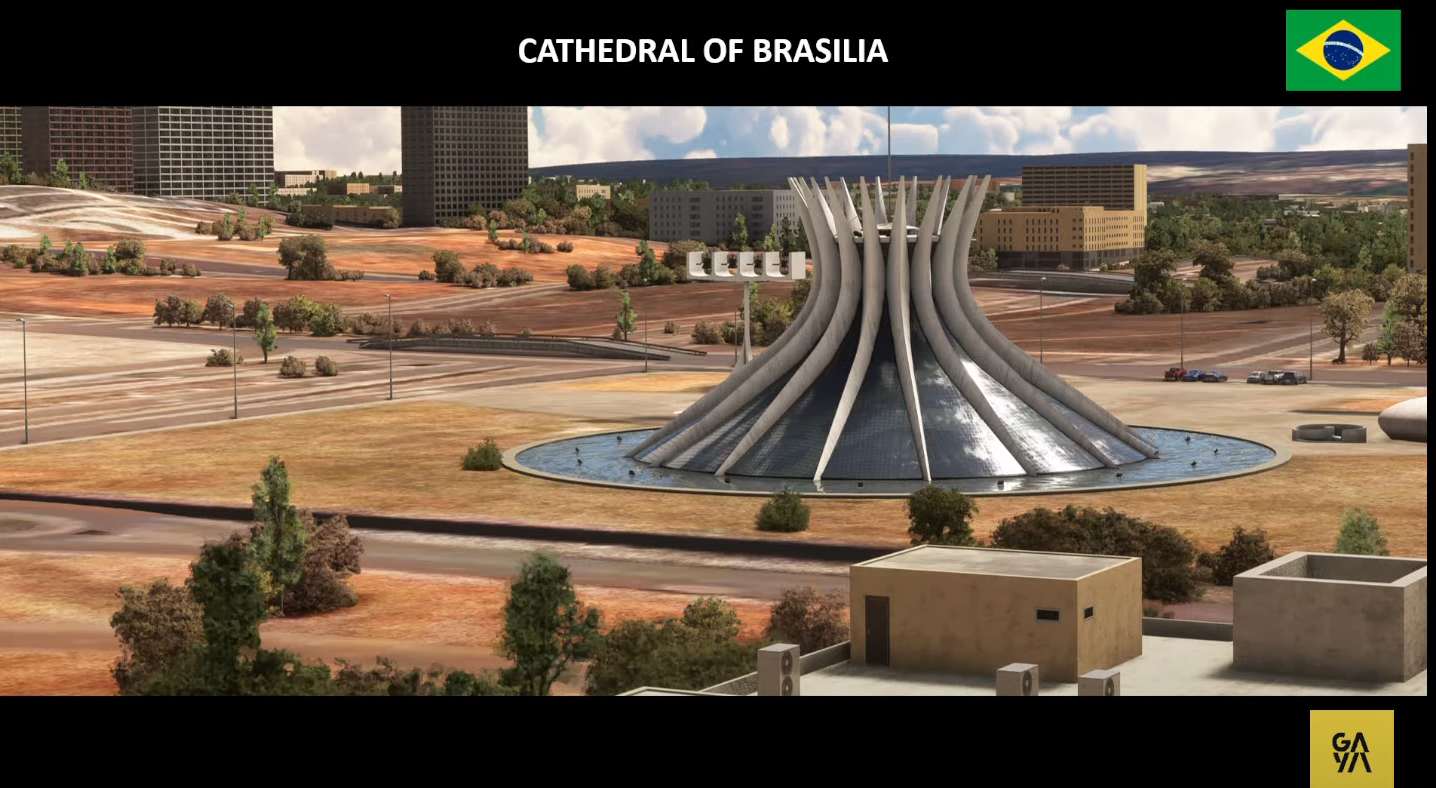

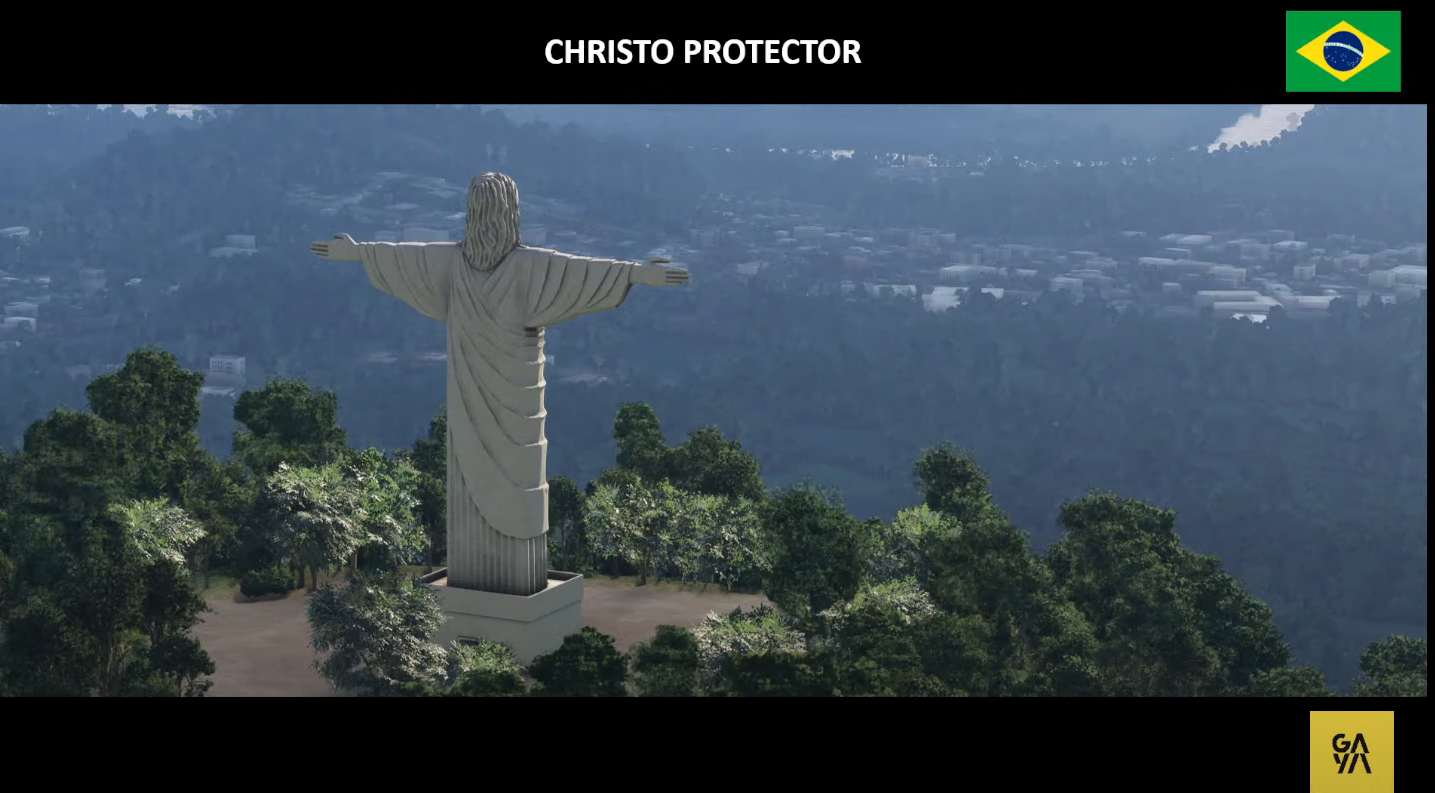
We also get the first look at the CAP-4 Paulistinha, which will be the payware Local Legend released at the same time.
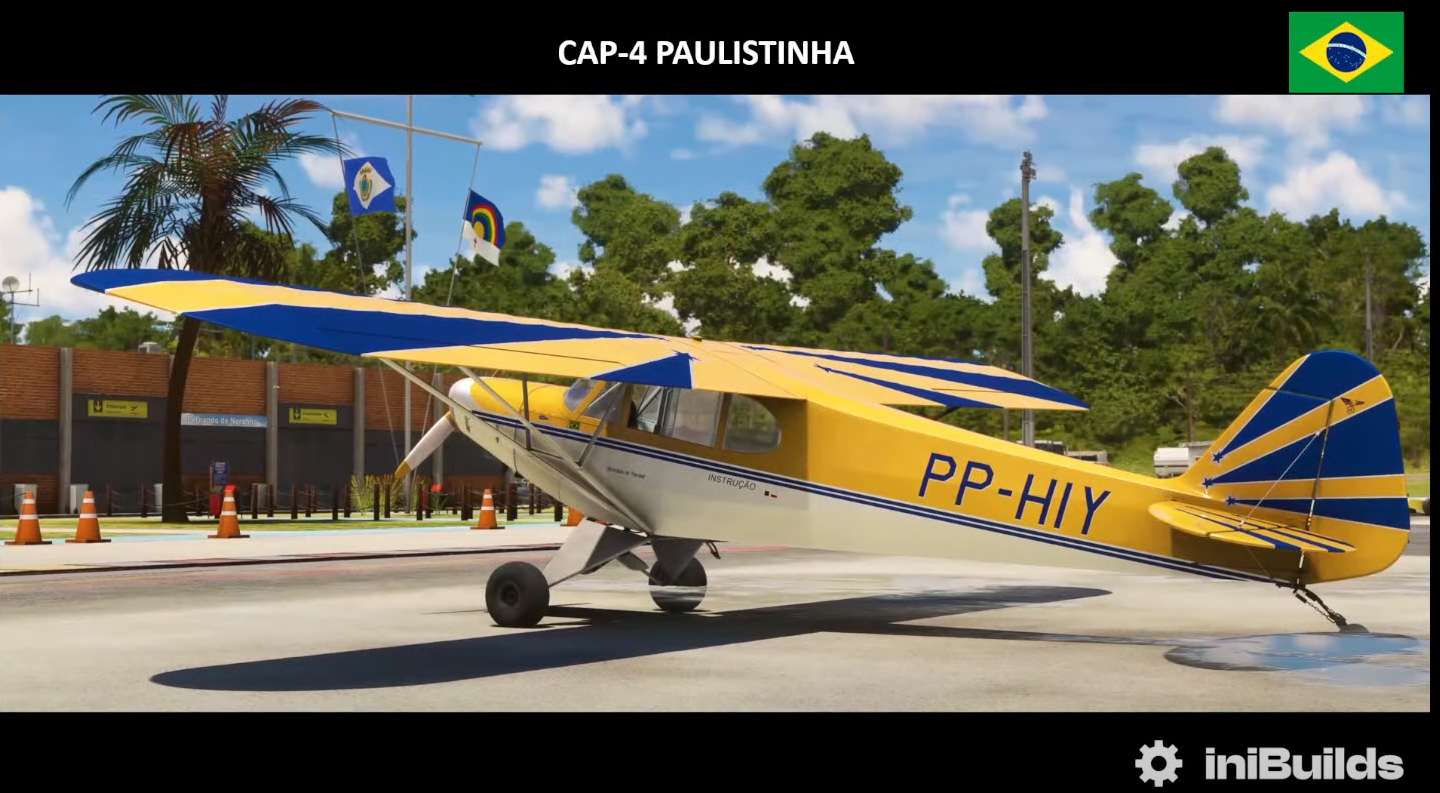
Lastly, we hear that pre-orders on Steam will be available tomorrow.
Microsoft Flight Simulator 2024 will launch for PC and Xbox Series X|S on November 19, 2024. You can find all the editions and the full list of aircraft they come with in our dedicated article.
If you’d like to read more, you can enjoy our hands-on preview with plenty more interesting details for your perusal
You can also watch our interview with Head of Microsoft Flight Simulator Jorg Neumann and Asobo CEO Sebastian Wloch, another with Asobo CCO David Dedeine, and one featuring Chris Burnett of Working Title and Brandon Yaeger of Got Friends about their work on Microsoft Flight Simulator 2024.
Last, but not least, you can take a look at our A-10 flight through the Grand Canyon, our first look at the extensive pilot customization, another at the first mission of the Career Mode, a video featuring the new walk-around move showing off a Boeing 737 MAX up close and personal, and a challenge with the A-10 over the Blue Ridge Mountains.

